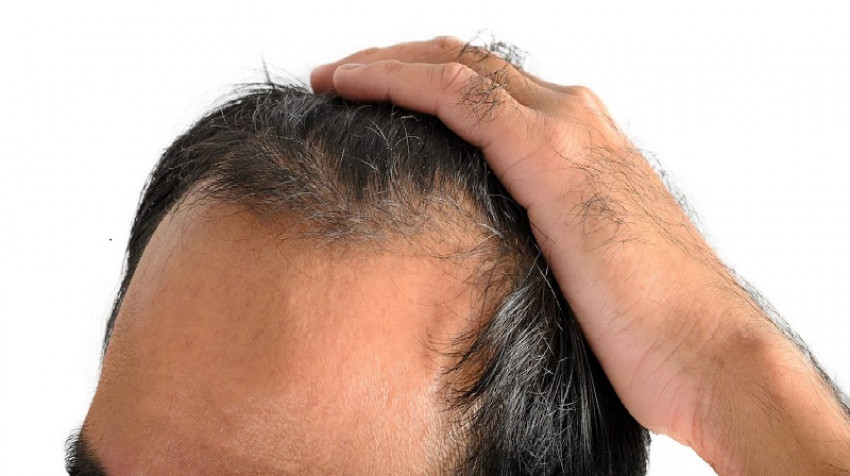
Today we call them hair systems. In an earlier era, they were known as toupees. The term “wig” is still used, although those are generally something women wear or what are used in theatrical settings. Today, nonsurgical hair systems have become popular hair loss solutions for men and women.
But over literally thousands of years, hair that in some way landed on peoples’ heads was everything from a way to keep cool, to be rid of lice, to address hair loss from sexually transmitted disease, or as a sign of social status. It’s not at all new to put human, animal, or synthetic hair on one’s head.
Reportedly, the Egyptians shaved their heads to alleviate the heat of North Africa, donning wigs for social and burial occasions (wigs are found in sarcophagi, and not just the royalty but also in commoner graves). When syphilis landed in Europe in the 16th century – thanks, Columbus! – wigs of human or animal hair were used by those who lost hair to their affliction (this is all pre-penicillin, of course). During the great plague of the 17th century, fear of infected hair from the dead being used in wigs led to greater use of horse and goat hair.
The fad of European royalty wearing outrageously big hair began with King Louis XIV of France, whose thinning hair in his late teens prompted him to do this with elaborate tall wigs. Both women and men copied him, a fad that is seen in early American colonists of high status. The term “big wig” comes from the fact that richest and most powerful people also had the biggest hair system. Powdering of these wigs was a means to deter lice.
But the American and French revolutions diminished those trends (although four of the first five American presidents still wore wigs, George Washington being the exception). That’s when going natural, hair loss or not, became the norm.
Modern use of toupees rose from the 19th to the 20th century as a means to inconspicuously cover bald spots. The sophistication of hair types, the base, how it is woven into a cap, and the adhesives used gradually progressed. Beginning in the late 1990s, with the FDA approval of the adhesive cyanoacrylate, a medial grade product, a better hair replacement system was born. This adhesive allows the skin to breathe and adjacent hair to continue growing. It sticks, allowing greater physical activity and less maintenance for the wearer.
Other new systems include membranes that are grafted to the wearer’s skin, a permanent solution that is non-invasive (it is merchandised under different brand names including SensiGraft and Folligraft). It works best with pattern and irregular hair loss, and is used by both men and women.
So modern hair replacement systems have come a long way from hot Egyptian deserts, the royal courts of Europe, and the pestilences of the Medieval and Renaissance eras. But what hasn’t changed is the drive to have a full head of hair, come what may.




